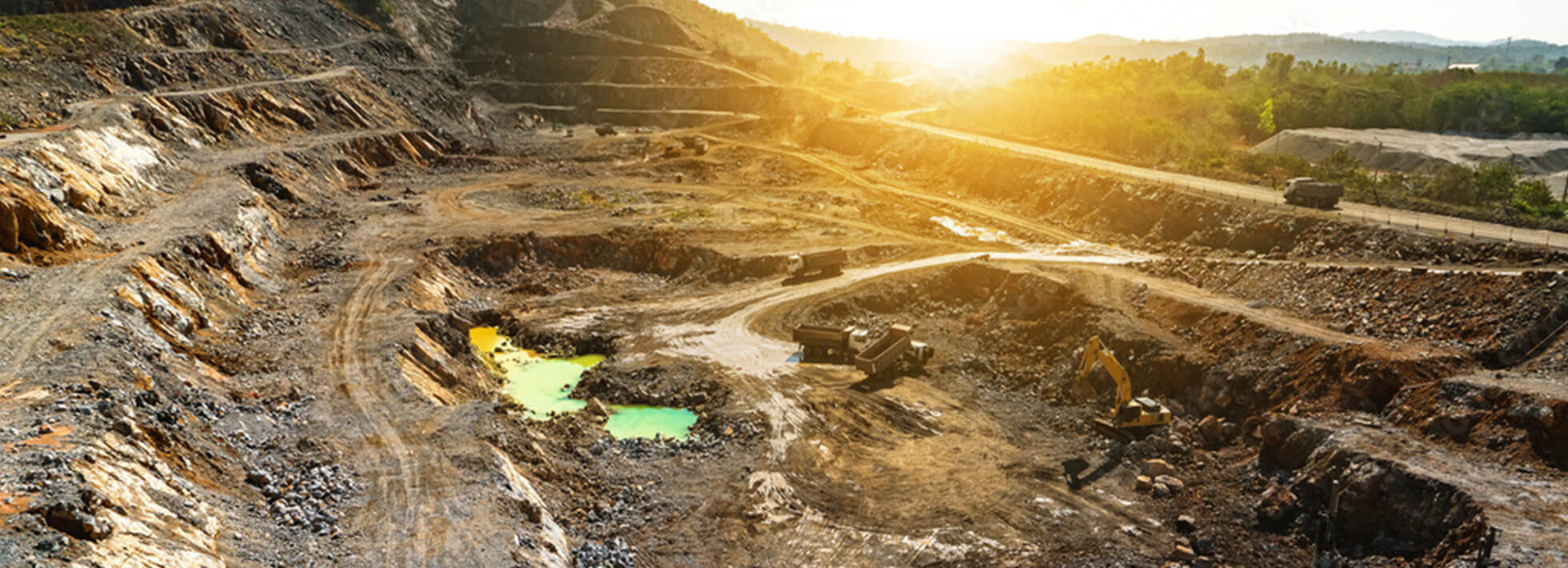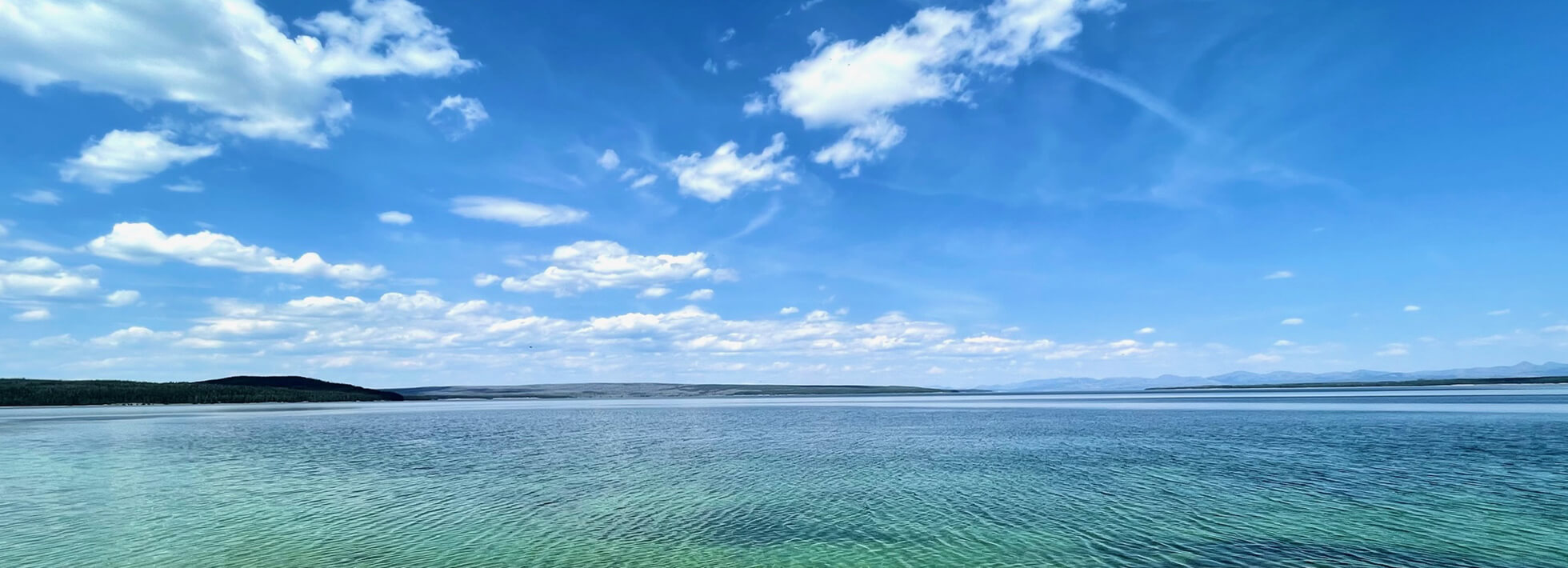
We envision a world where the earth and future generations live healthily, addressing environmental challenges that are created in the course of economic development, through recycling precious metals at urban mines, improving the recycling efficiency relative to the current methods, eliminating mercury damage at gold mines and reducing CO2 emission.
We work with a hot sulphur spring microalga named “Galdieria” that ranges between 5-10 µm in size and specifically adsorbs valuable metals such as gold (Au) and palladium (Pd) on its surface.
Focusing on this functionality, we are developing precious metal adsorbent using Galdieria.
Galdieria is also able to absorb CO2 through photosynthesis.
We contribute to a circular society by promoting precious metal recycling, reduction of environmental burden at gold mines and CO2 fixation using industrial exhaust gas in Japan and in the world with the power ofGaldieria.
Electrical and electronic waste often contains high concentrations of precious metals and therefore called “urban mines.” Although recovery of precious metals from urban mines through recycling is attractive, the recycle ratios are not high due to technical difficulties.
Galdieria-derived adsorbent can recover target metals such asgold (Au) and palladium (Pd) even from dilute solutions (typically less than 10 ppm) that are currently discarded.
Precious metals that are otherwise discarded amount to a net increase when recycled and this in turn reduces the need for precious metal mining. Replacing ion exchange resin which is commonly used adsorbent in the current metal recycling processes with Galdieria-derived adsorbent could also contribute in reduction of CO2 emmission.



ASGM (Artisanal and Small-scale Gold Mining) has long been a major social issue in the global gold mining market. ASGM is scattered across 70 countries and accounts for approximately 20% of the world’s gold production, or 2 billion US$, and it is said that about 15 million people worldwide are engaged in ASGM.
A majority of ASGM has not been officially registered and it is estimated that approximately 5 million women and children work under poor conditions. The distribution channels for raw materials and produced gold are also unclear. In addition, large amounts of mercury are used in the gold mining procedure which accounts for more than 40% of the world’s anthropogenic mercury emission.
We’ve developed a gold mining method that eliminates the need for toxic substances and acquired a patent in Japan (we are currently preparing for application abroad).
Since this technology enables efficient extraction of gold without major process amendment of the existing technologies, it will benefit no only the environmentally conscious miners but ASGM sites where large initial investments and implementation of safety measures are problematic.
We contribute to reduce the use of environmental pollutants through our technology.


We have been spoiled by the wealth of the global environment and have created a one-way, non-circulating society that uses up the blessing of the nature such as air, water and underground resources. We hope to change this situation through the power of microalgae and science.
Recently, methods to reduce atmospheric CO2 concentrations have garnered significant attention recently, which can be divided largely into two categories: physicochemical and biological. The physicochemical approaches are clearly superior in amount of CO2 captured, however, they suffer the lack of its uses after recovery.
n contrast, although biological approaches have been used for some time, such as afforestation, the fixation rates are low and more efficient methods are sought.
Microalgae grow faster than woody plants and their uses are unlimited. Another benefit is that microalgal cultivation does not compete with production of agricultural, forestry and fishery products.
Galdieria can be cultivated with light and CO2 in the atmosphere or in industrial exhaust gases. Although our cultivation system is not yet at the stage of mass production, when it becomes feasible, the cell surface can be used for industrial applications while the contents of the cells can be used as food, feed, or fertiliser etc. and create a circulating world by fixing CO2 as well as solving breadbasket issues.
